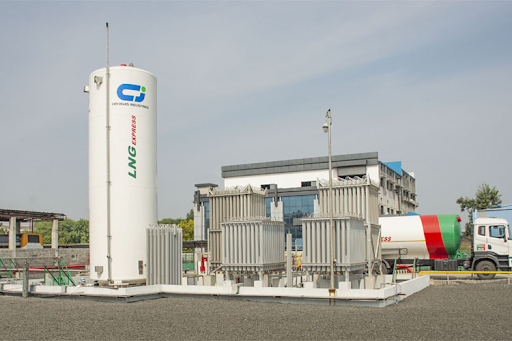
In August, Petronet LNG, the country's largest importer of liquefied natural gas, controlled by the Indian state, announced a plan to build 1,000 LNG service stations over the next 4-5 years, with the aim of diversify its activities in the transport sector, today concentrated in the supply of power plants and city distribution networks.
Akshay Kumar Singh, CEO of Petronet LNG has announced the target of approximately 4 million tons per year of LNG for the trucks, buses and other heavy vehicles that will be refueled at the points of sale. India, through state-controlled companies active in the oil and gas sector, such as IOC, Hindustan Petroleum and Bharat Petroleum, had planned to start construction of 3,000 LNG stations, but had to delay the launch of the program due to disruptions due to COVID-19 and the reluctance of carriers to convert their fleet.
Coal India (CIL), India's state-controlled coal producer, is also beginning to convert its dump trucks to LNG to reduce fuel consumption. CIL collaborates in this initiative with the state-controlled gas distributor Gail and the earthmoving company BEML. Two 100-tonne trucks have already been converted to dual fuel and are being tested at subsidiary Mahanadi Coalfields.
CIL uses more than 400 million liters of diesel per year (7,000 b / d) in vehicles that transport coal from mines to customers or terminals. CIL has over 2,500 vehicles of this in its opencast coal mines, which represent 75% of the diesel consumed by the company. The company plans to replace the use of diesel by up to 40%, reducing fuel costs by about 15%.
Source: GNV Magazine - Argus media
 EN
EN  it
it

